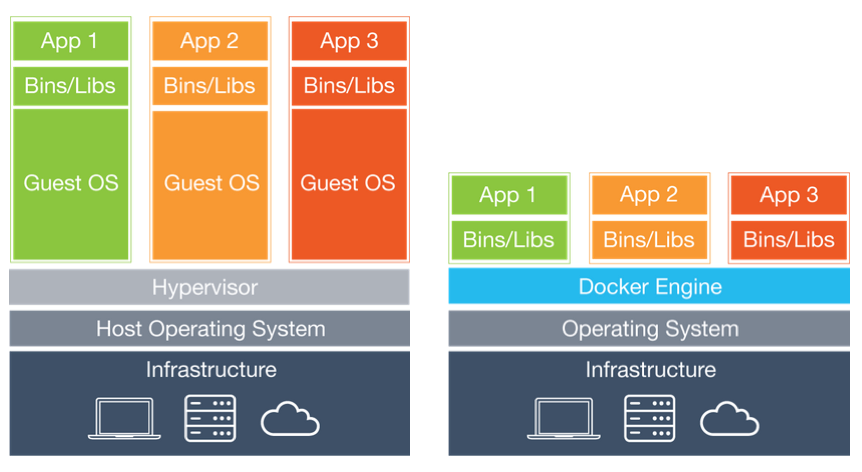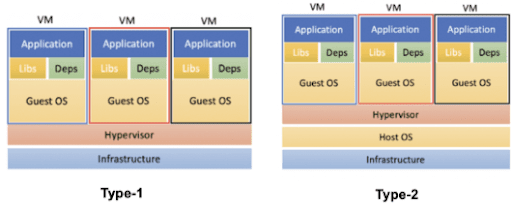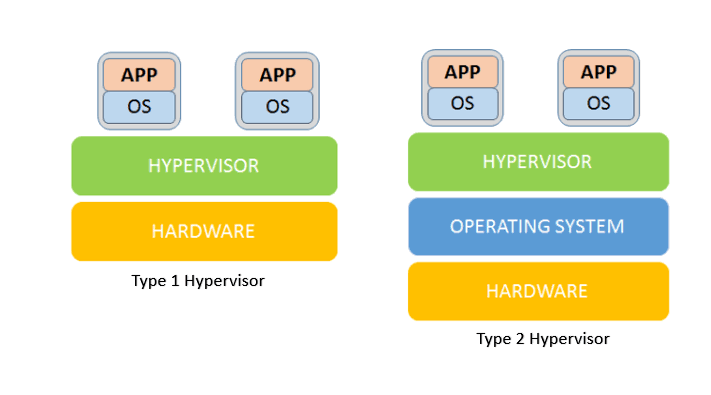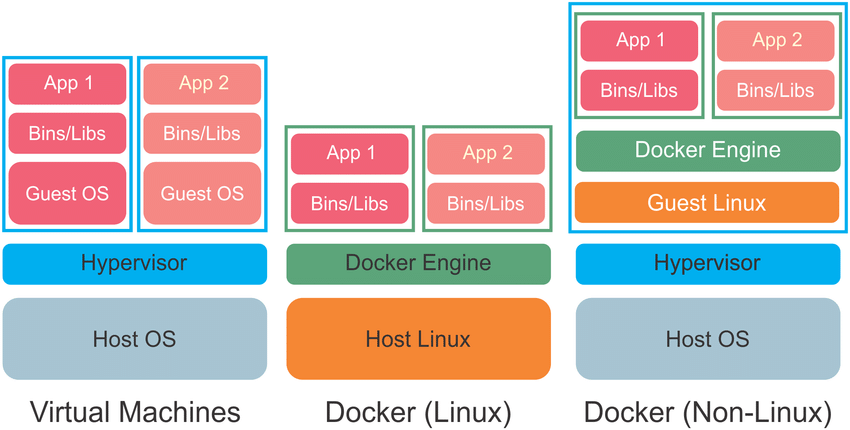If you do not want to create an ISO – or you have Not a Mac – download ready iso from: BigSur_11.4.iso here …
1
How to Download Full MacOS Installer from Mac Command Line
1-Followed this:
https://osxdaily.com/2020/04/13/how-download-full-macos-installer-terminal/
softwareupdate --fetch-full-installer --full-installer-version 11.4
# 11.4 is the most recent stable version as of this writing [slides 3-5]
2-Followed this:
https://osxdaily.com/2020/12/14/how-create-macos-big-sur-iso/
In your Applications you must have a “Install macOS Big Sur.app”
[slides 7-8]
3-After CMD Line commands continued
[slides 10-11]
1-First, we must create a temporary disk image:
hdiutil create -o /tmp/MacBigSur -size 14000m -volname MacBigSur -layout SPUD -fs HFS+J
2-Next, mount the disk image:
hdiutil attach /tmp/MacBigSur.dmg -noverify -mountpoint /Volumes/MacBigSur
3-Now we’ll use the createinstallmedia utility that is part of the MacOS Installer application to copy the installer files to the disk image you just created:
sudo /Applications/Install\ macOS\ Big\ Sur.app/Contents/Resources/createinstallmedia --volume /Volumes/MacBigSur --nointeraction
4-Unmount/Detach the disk image volume
When finished, we then unmount/detach the disk image volume [slides 13-15]: 1-way hdiutil detach /Volumes/MacBigSur/ 2-way – if 1-way not working Detach from Disk Utility
5-After unmount/detached the disk image volume continue in the Terminal [slide 17]:
We convert the freshly created macOS Installer disk image file to a CDR file that will appear on the desktop:
hdiutil convert /tmp/MacBigSur.dmg -format UDTO -o ~/Desktop/MacBigSur.cdr
6-Finally, we change the file extension from .cdr to .iso [slide 19]:
mv ~/Desktop/MacBigSur.cdr ~/Desktop/BigSur.iso
7-Conclusion [slide 20]
Now you have an iso file of Big Sur 11.x to use to install macOS Big Sur as VM in Hypervisors like VMware Workstation Pro [Windows/Linux], VMware Fusion [Mac], VirtualBox [Windows/Linux/Mac],…!




